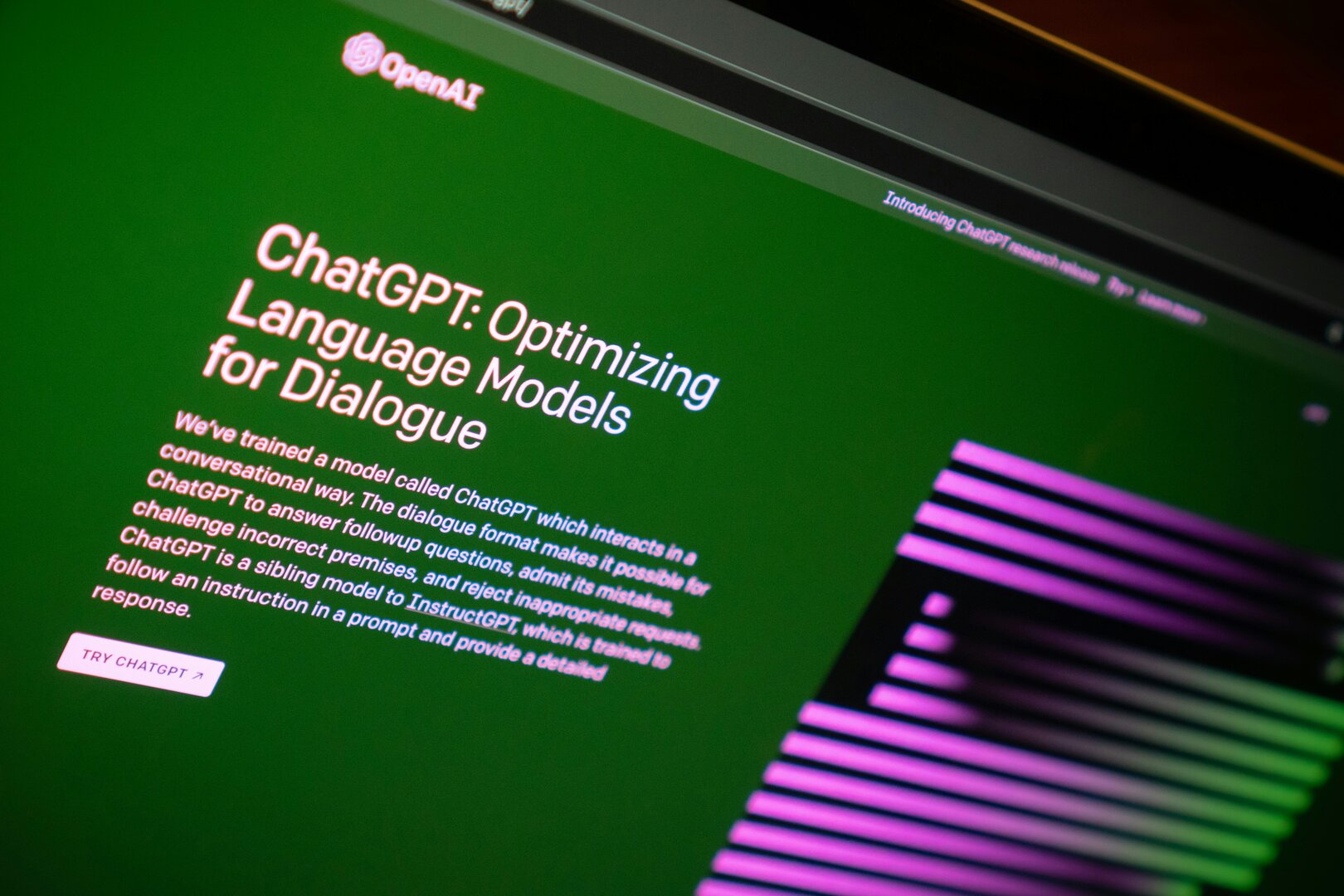Recurrent Neural Network (RNN)
Sequence Models and RNN
Why use sequence models?
Sequence models are used to situations when you have sequential input (e.g. images fo a human action, a paragraph of text or empty) or when you want to generate sequential output (e.g. music, a proper sentiment).
Data Represents
Input x
In sequential models, each element is represented by $x^{(i)<t>}$, $(i)$ means the $i_{th}$ training example and $<t>$ means the $t_{th}$ element in this example. Use $T_x^{(i)}$ to denote the length of $i_{th}$ training example.
Input y
$y^{(i)<t>}$ means the $t_{th}$ element of the $i_{th}$ output example. Use $T_y^{(i)}$ to denote the length of $i_{th}$ output.
RNN
Why not a standard network?
There are some problems using standard networks:
- The dimension of input and output can be different in different examples
- Don’t share features learned across different positions of text.
Compared to CNN, it has the similar purpose: share the features and reduce parameters.
While dealing with current input element $x^{<t>}$, combine the information (activation value) of last time step $a^{<t-1>}$.
Passing activation values $a^{<0>},\ a^{<1>},\ …\ a^{<t>}$ through neural network.
The parameters used for each time step are shared. $W_{ax}$ used for $x^{<t>}$, $W_{aa}$ used for $a^{<t>}$ and $W_{ya}$ used for $\hat{y}^{<t>}$
Simplified RNN
$a^{<t>} = g(W_{a}[a^{<t-1>}, x^{<t>}] + b_a),\ W_a\ is\ horizontal\ stack\ of\ W_{aa}\ and\ W_{ax}$
$\hat{y}^{<t>} = g(W_{y}a^{<t>} + b_y),\ W_y\ is\ also\ called\ W_{ya}$
$W_{aa}$: second $a$ means it’s multiplied by a-like quantity and first $a$ means it’s used to compute a-like quantity.
$W_{ax}$: second $x$ means it’s multiplied by x-like quantity and first $a$ means it’s used to compute a-like quantity.
$W_{ya}$: second $a$ means it’s multiplied by a-like quantity and first $y$ means it’s used to compute y-like quantity.
Pros and Cons
- When predict a output $\hat{y}^{<3>}$, it not only uses information from $x^{<3>}$, but also the information from $x^{<1>}$ and $x^{<2>}$.
- It can’t use information later than current position in the sequence. (Solve with Bidirectional RNN, BRNN)
Backpropagation through Time
Like forward propagation going from left to right and passing information, backpropagation goes from right to left (goes back through time steps).
Types of RNNs (RNN Building Blocks)
‘Many to Many’ Architecture
Name Entity Recognition
Each time step of RNN will generate a output $\hat{y}^{<t>}$, which means $T_x == T_y$
Machine Translation
The RNN first inputs the original text (text in French), then outputs the translated text (text in English). Btw, $T_x$ and $T_y$ may be different.
Encoder and Decoder: the input part of the RNN is called ‘Encoder’ while the output part is called ‘Decoder’.
‘Many to One’ Architecture
Like Sentiment Classification.
‘One to Many’ Architecture
Like music generation or sequence generation, current element of output $\hat{y}^{<t>}$ will be feed to the next time step with the input element $x^{<t+1>}$.
‘One to One’ Architecture
Standard generic neural network, doesn’t need a RNN.
Language Model with RNN
Language model is something like machine translation and speech recognition. It’s going to output content that is likely to happen.
To build a language model with RNN:
- Training set: large corpus of text
- Tokenize the sentence and form your vocabulary: mapping each word by using methods like one-hot. (can use
<EOS>token represents sentence ending)If any word isn’t in the vocabulary, use token
<UNK>to replace it. (“UNK” means unknown) - Build RNN model: At the very beginning of RNN, calculate the probability of the first word (e.g. “cat”) using softmax. Then with feeding the activation $a^{<1>}$ to next time step, calculate the probability of the second word given the first word “cat” (which is $P(second\ word|cat)$). Then keep going until reach the last word/period/
<EOS>. (RNN learns to predict one word at a time from left to right)
Train a RNN language model
Backpropagation through time
Gradient Vanishing and Exploding
Exploding Problem
Easier one to solve. We can use gradient clipping to fix exploding problems.
Vanishing Problem
GRU (Gated Recurrent Unit)
LSTM (Long-Short Term Memory)
Bidirectional RNNs
A pretty common choice for a lot of NLP problems (e.g. Name Entity Recognition): Bidirectional RNN + LSTM blocks.
Disadvantages: BRNNs need the entire sentences to handle, bad at tasks like speech recognition or real time speech recognition.
